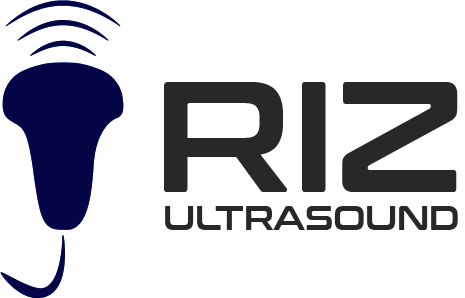Calf pain is a common complaint that can affect your movement and may interfere with your daily activities. The causing factors may include muscle strains, overuse injuries, or underlying conditions but determining the cause of calf pain is essential for effective treatment. In a recent analysis, Calf Ultrasound has proven to be a valuable and safe diagnosing method in evaluating calf pain.
This article will help you learn more about the importance of calf ultrasound and how it can reduce pain with early detection.
Calf Pain – What is it?
A wide range of causes can affect your calf and lead to severe pain, including muscle strains, tendonitis, muscle imbalances, nerve entrapment, or deep vein thrombosis (DVT). An expert in Calf Veins Ultrasound in Glasgow says that the symptoms may range from mild discomfort to sharp, debilitating pain. Diagnosing the causing factor of calf pain is crucial for developing an appropriate treatment plan. It’s proven that calf ultrasound can give a high-accuracy rate of diagnostic results that can help you get treatment at the right time.
Why Do You Need Calf Ultrasound?
Calf ultrasound is a non-invasive imaging technique that uses sound waves to create real-time images of the calf muscles, tendons, blood vessels, and other soft tissues. This is also called lower-leg sonography. It allows healthcare professionals to view the calf structures and helps to detect if there is any underlying condition that is affecting your health.
How It Helps to Diagnose Muscle and Tendon Injuries?
Calf ultrasound provides high-accuracy diagnosis results of muscle and tendon injuries. Ultrasound can determine all the abnormalities that are causing pain, such as tears, strains, or inflammation in the calf muscles and tendons. An ultrasound is a real-time imaging test that helps to evaluate the condition of the leg and allows your healthcare providers to learn about the severity of the injury.
Does it Help to View Soft Tissue Abnormalities?
Calf ultrasound is exceptional when it comes to getting a detailed view of soft tissue abnormalities in the calf area. It can detect conditions such as tendinopathy, where the tendons become degenerated or damaged. Ultrasound can also identify the presence of fluid collections or cysts within the calf muscles. Ultrasounds work effectively and help doctors to detect abnormalities of soft tissues that are causing pain and inflammation.
Calf pain may be associated with vascular issues, such as deep vein thrombosis (DVT), which is a blood clot in the deep veins of the leg. Calf ultrasound plays a crucial role in diagnosing DVT by visualizing the veins and identifying the presence of blood clots. Early detection of DVT is essential to prevent complications such as pulmonary embolism.
Calf pain can also result from nerve entrapment. It is a condition in which nerves become compressed or irritated. It may cause pain and discomfort when you move your legs. Ultrasound can aid in the assessment of nerve entrapment by viewing the nerves in the calf area. This imaging test allows healthcare professionals to identify areas of nerve compression. An imaging test can help to get the proper treatment that can reduce other health complications.
How a Calf Ultrasound is Beneficial?
Calf ultrasound offers the advantage of real-time imaging, allowing for dynamic evaluation of the calf structures. Healthcare providers can see the calf muscles and tendons during movement, such as flexing or extending the foot. This dynamic assessment can help to diagnose abnormalities or imbalances that may contribute to calf pain. The ability to evaluate the calf structures in motion helps in tailoring rehabilitation programs and improving treatment outcomes.
Calf ultrasound is a non-invasive procedure that does not involve radiation, making it a safe imaging option, according to NCBI. Patients can undergo calf ultrasound without significant discomfort or side effects. Additionally, ultrasound is generally more cost-effective compared to other imaging tests, such as MRI or CT scans, making it a preferred choice for many patients.
Final Thought
Calf pain causes serious discomfort and limits your body movements. But you can deal with such problems and get proper treatment. Calf ultrasound has become popular to determine calf pain cause as it provides detailed imaging of the soft tissues, allowing healthcare professionals to identify muscle and tendon injuries, assess vascular issues, and evaluate nerve entrapment. It is a non-invasive diagnostic method that makes it a preferred technique for diagnosing calf pain.







